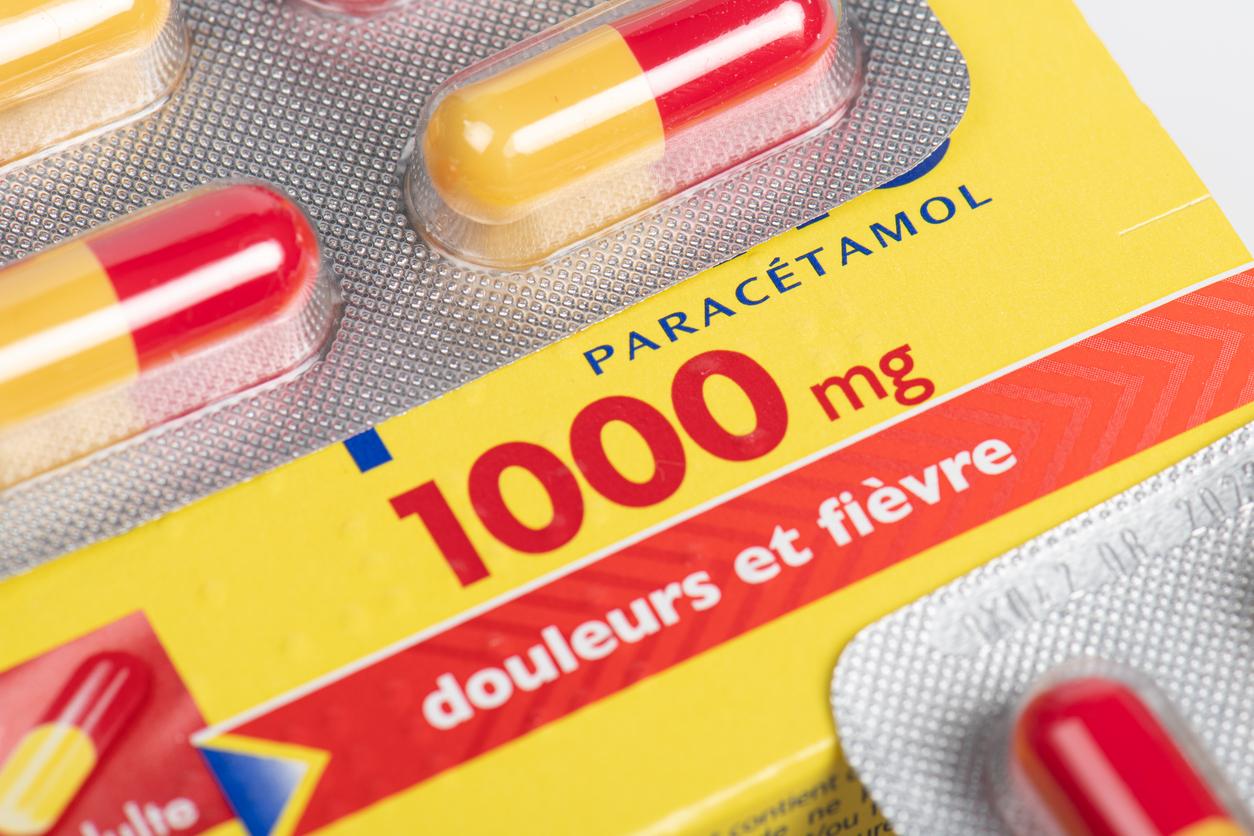October 14, 1998 – According to the World Health Organization, chronic hepatitis B is one of the leading causes of death worldwide. It is estimated that two-fifths of the world’s population has been exposed to this virus and that 350 million people have chronic infection. This infection is often fatal because it leads to chronic hepatitis, cirrhosis and liver cancer.
Standard alpha interferon therapy is expensive, has a success rate of 25-40%, and has serious side effects ranging from bone marrow loss to interstitial pneumonia and depression. It is in this context that a study published in 1997, with a view to identifying phytotherapeutic alternatives to standard treatment, reviewed various researches on phytotherapeutic products having shown effects against hepatitis B.
A first alternative comes from Ayurvedic medicine where Phyllanthus amarus and Phyllanthus urinaria have shown encouraging results. In a study of 60 chronic carriers of the hepatitis B virus, after six weeks of treatment, 59% of the treated group had lost hepatitis surface antigen (HBsAG), a traditional marker of infection, compared to 4% in the placebo group. On the other hand, the treatment was much less effective in patients who also carried the central hepatitis B antigen (HBcAG), which indicates active replication of the virus. A Chinese study that compared different varieties of Phyllantus found that the variety P. urinaria was more active against chronic hepatitis B infection, increasing antibodies by 51-89%.
On the traditional Japanese side, a formula of Kampo medicine (derived from a traditional formula of Chinese medicine), Sho-Saiko-To, is composed of seven plants: Bupleurum falsatum (buplèvre), Glycyrrhiza glabra (licorice root), Panax ginseng (Korean ginseng), Scutellaria baicalensis (Baikal skullcap), Zizyphys jujuba (jujube), Zinziber officinale (ginger) and Pinellia ternata. In a study of 14 children with chronic hepatitis B, Sho-Saiko-To, 50% of them no longer showed hepatitis surface antigens (HBsAG) after less than a year of treatment compared to 22.7% in the control group. The formula also boosted antibodies to hepatitis central antigen (HBcAG) in 25% of children. The exact mechanism of action of the preparation is unknown, but it appears to stimulate the immune system by activating macrophages, T-4 (killer) cells and cytokines.
Still in Japan, glycyrrhizin (one of the main constituents of licorice root) is traditionally given in intravenous form in the treatment of hepatitis B and C. In a clinical study, the solution compared favorably to interferon alpha, with a 30-40% success rate against chronic hepatitis B.
More controversial, the flavonoid catechin, which is extracted from several medicinal plants, has been shown to be able to decrease the toxicity to the liver of several chemicals. Some clinical studies have shown that it can treat chronic and active hepatitis B, but it has many serious side effects including fever and hemolytic anemia. A few patients have even died while taking this drug.
Silymarin, another flavonoid that is extracted from milk thistle (Silybum marianum) provides much safer long-term treatment for hepatitis. There are more than 300 clinical or laboratory studies that have shown the hepato-protective (protecting the liver) properties of this plant. Although it has no effect on hepatitis surface antigens or viral replication, silymarin improves liver function. Clinical studies in patients with chronic hepatitis B and C have shown that it reduced liver cell necrosis, decreased fibrous tissue formation, and serum transaminases and MDA levels, two markers of damage. to the liver.
Reichert R., Phytotherapeutic Alternatives for Chronic Active Hepatitis. Quart Rev Nat Med. 1997 Summer: 103-108.
HealthPassport.net
According to Herbal Gram, no: 43, Summer 1998
















